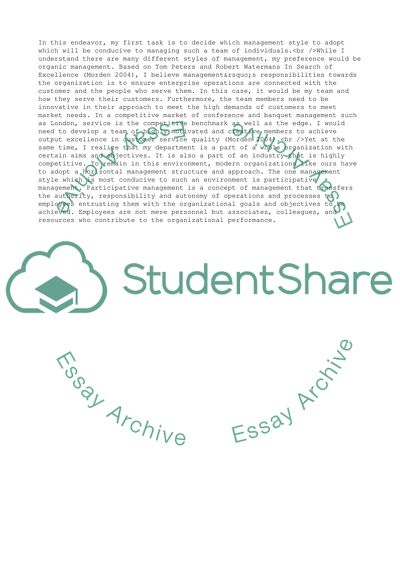Cite this document
(Principles and Practices of Management Behaviour Personal Statement, n.d.)
Principles and Practices of Management Behaviour Personal Statement. https://studentshare.org/management/1738128-the-developing-manager
Principles and Practices of Management Behaviour Personal Statement. https://studentshare.org/management/1738128-the-developing-manager
(Principles and Practices of Management Behaviour Personal Statement)
Principles and Practices of Management Behaviour Personal Statement. https://studentshare.org/management/1738128-the-developing-manager.
Principles and Practices of Management Behaviour Personal Statement. https://studentshare.org/management/1738128-the-developing-manager.
“Principles and Practices of Management Behaviour Personal Statement”. https://studentshare.org/management/1738128-the-developing-manager.


